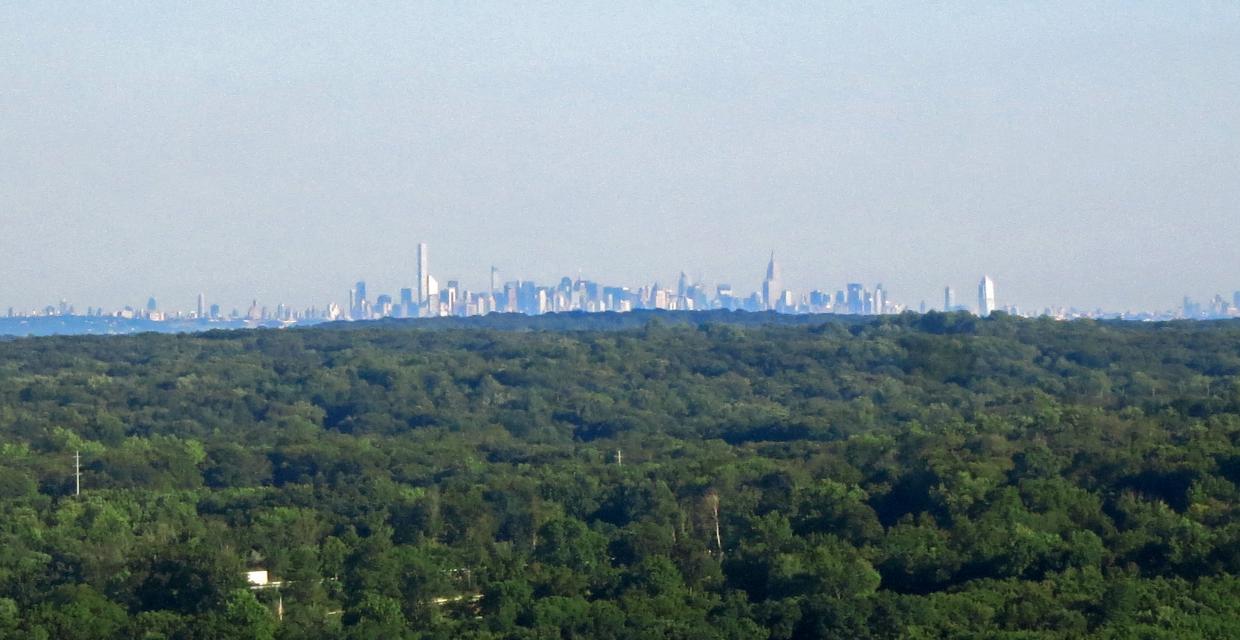This hike follows the yellow-blazed Vista Loop Trail, blazed in the summer of 2016 by volunteers of the New York-New Jersey Trail Conference. Incorporating portions of existing trails, as well as several newly blazed sections, this trail has been designed to enable the hiker to visit three panoramic viewpoints, as well as other scenic features of the Ramapo Reservation.
The hike...




